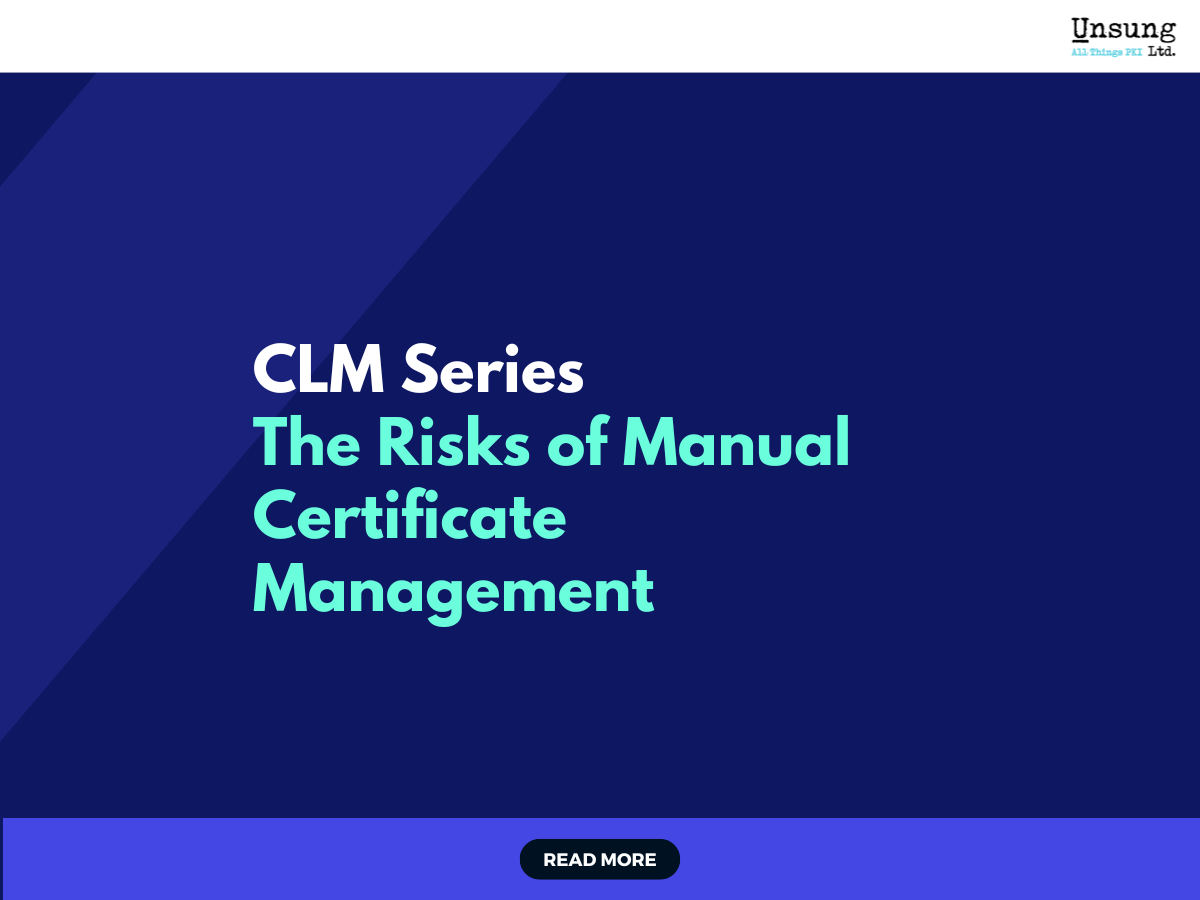PKI 101: The Foundation Behind Digital Certificates
Introduction
Public Key Infrastructure (PKI) is the backbone of secure digital communication. It enables trusted transactions, protects sensitive data, and verifies identities across networks. From securing online banking and e-commerce to enabling encrypted corporate communications, PKI is fundamental to the trust model of the internet and private networks.
For many organisations, understanding PKI is the first step towards implementing strong security practices. As cyber threats grow in sophistication and regulatory requirements become more demanding, PKI provides a proven and scalable framework for protecting information and ensuring that only authorised parties can access systems and services.
What Is PKI?
PKI is a framework of technologies, policies, and procedures that manage the creation, distribution, use, and revocation of digital certificates. These certificates act as digital passports, confirming that an entity—whether a person, device, or application—is legitimate and trustworthy.
At the heart of PKI are Certificate Authorities (CAs), which issue certificates after verifying the identity of the requesting entity. Working alongside them are Registration Authorities (RAs), which handle the validation process on behalf of the CA, ensuring that only authorised and verified requests result in certificate issuance.
A typical PKI ecosystem also includes:
- Public and private key pairs – the cryptographic foundation enabling secure encryption and digital signatures.
- Certificate repositories – centralised locations for storing and retrieving issued certificates and their status.
- Certificate Revocation Lists (CRLs) and Online Certificate Status Protocol (OCSP) services – mechanisms to check whether a certificate is still valid or has been revoked.
Together, these components create a trust framework that allows secure communication between parties who may never have interacted before, without needing to share a pre-existing secret.
How PKI Works
PKI uses asymmetric cryptography, which involves a mathematically linked pair of keys—a public key and a private key—to secure communication.
- Public key – available to anyone, it encrypts data or verifies a digital signature.
- Private key – kept securely by the owner, it decrypts data or creates a digital signature.
When you connect to a website over HTTPS, your browser and the server perform a TLS handshake. This process:
- Verifies the server’s identity using its digital certificate issued by a trusted Certificate Authority (CA)
- Negotiates encryption settings to protect the session
- Establishes a secure communication channel so that any data exchanged remains confidential and tamper-proof
This mechanism ensures that sensitive information—such as login credentials, payment details, or personal data—cannot be intercepted or altered during transmission.
Real-World Importance
PKI is not an abstract or niche technology—it underpins the trust in many of the services people use daily. Common applications include:
- E-commerce security – protecting payment transactions and customer details
- Government and citizen communications – securing online tax submissions, benefit applications, and voting systems
- Secure email and document signing – ensuring authenticity and preventing tampering in business communications
- Authentication for applications and APIs – controlling access to sensitive systems and enabling machine-to-machine trust
Challenges Without PKI
Without PKI, organisations risk operating in an environment where identities cannot be reliably verified and communication is vulnerable. This can lead to:
- Higher susceptibility to cyber attacks – including man-in-the-middle attacks, phishing, and spoofing
- Exposure of sensitive information – potentially resulting in data breaches and regulatory penalties
- Erosion of trust – customers, partners, and regulators lose confidence when services are not demonstrably secure
PKI and CLM
While PKI establishes the foundation of digital trust by issuing and managing certificates, it does not inherently address the operational challenges of keeping those certificates current. This is where Certificate Lifecycle Management (CLM) plays a vital role.
CLM solutions automate the discovery, monitoring, renewal, and revocation of certificates across complex environments. They provide real-time visibility into certificate inventories, enforce organisational policies, and ensure that certificates are replaced before expiry or security issues occur.
In practice, PKI and CLM are most effective when deployed together. PKI creates and governs the trust model, while CLM ensures that trust is continuously maintained throughout the certificate lifecycle—reducing the risk of outages, security incidents, or compliance failures.
Conclusion
Understanding PKI is essential for any organisation operating in a digital environment. It is not just a technical standard but a framework for establishing and maintaining trust in online interactions. Without it, secure communication, data integrity, and identity verification cannot be guaranteed.
When PKI is paired with effective lifecycle management, organisations gain both the foundation for secure communications and the operational capability to keep that trust intact. This combination protects sensitive data, supports compliance, and ensures services remain secure and reliable in an ever-evolving threat landscape.



